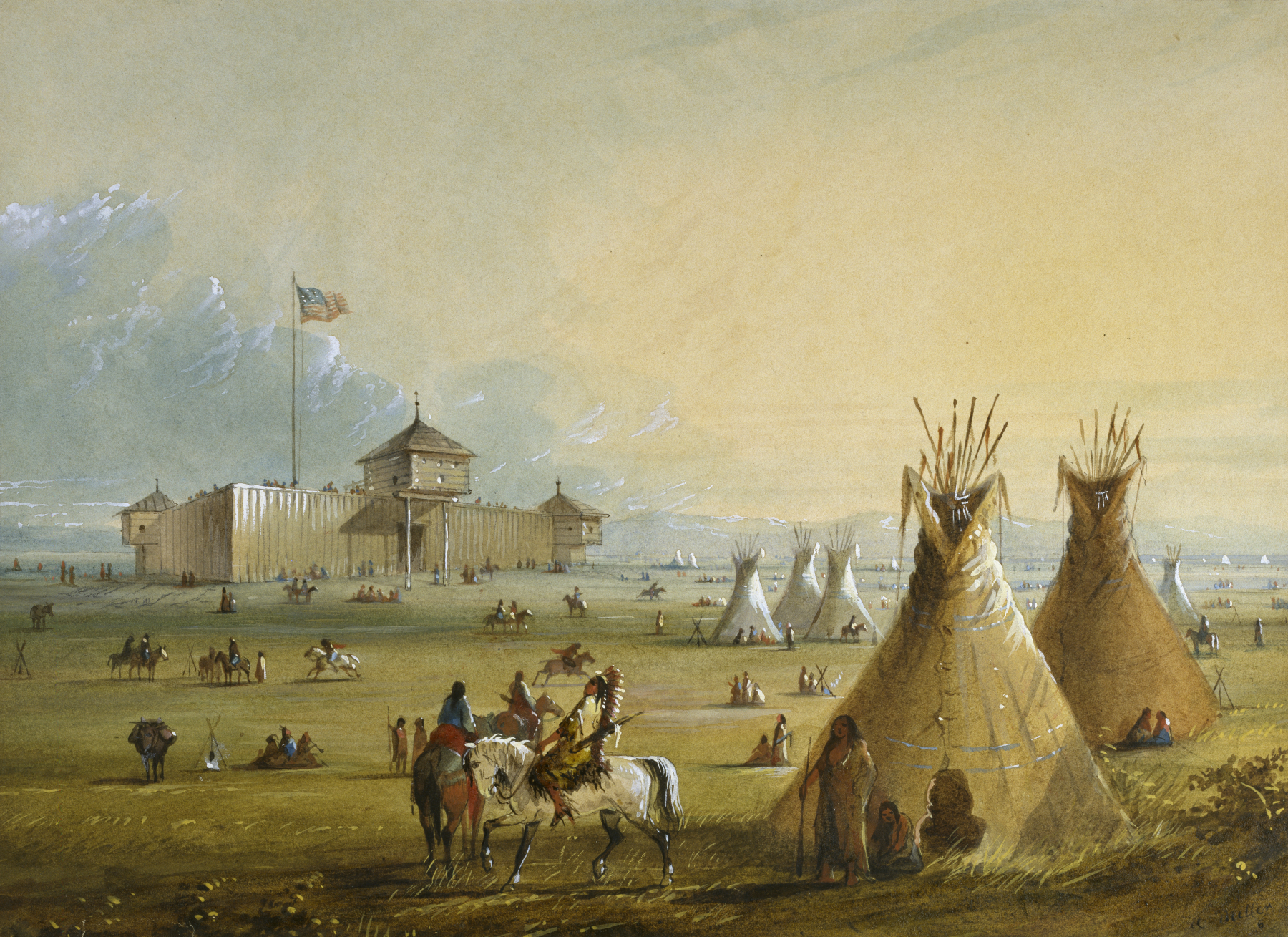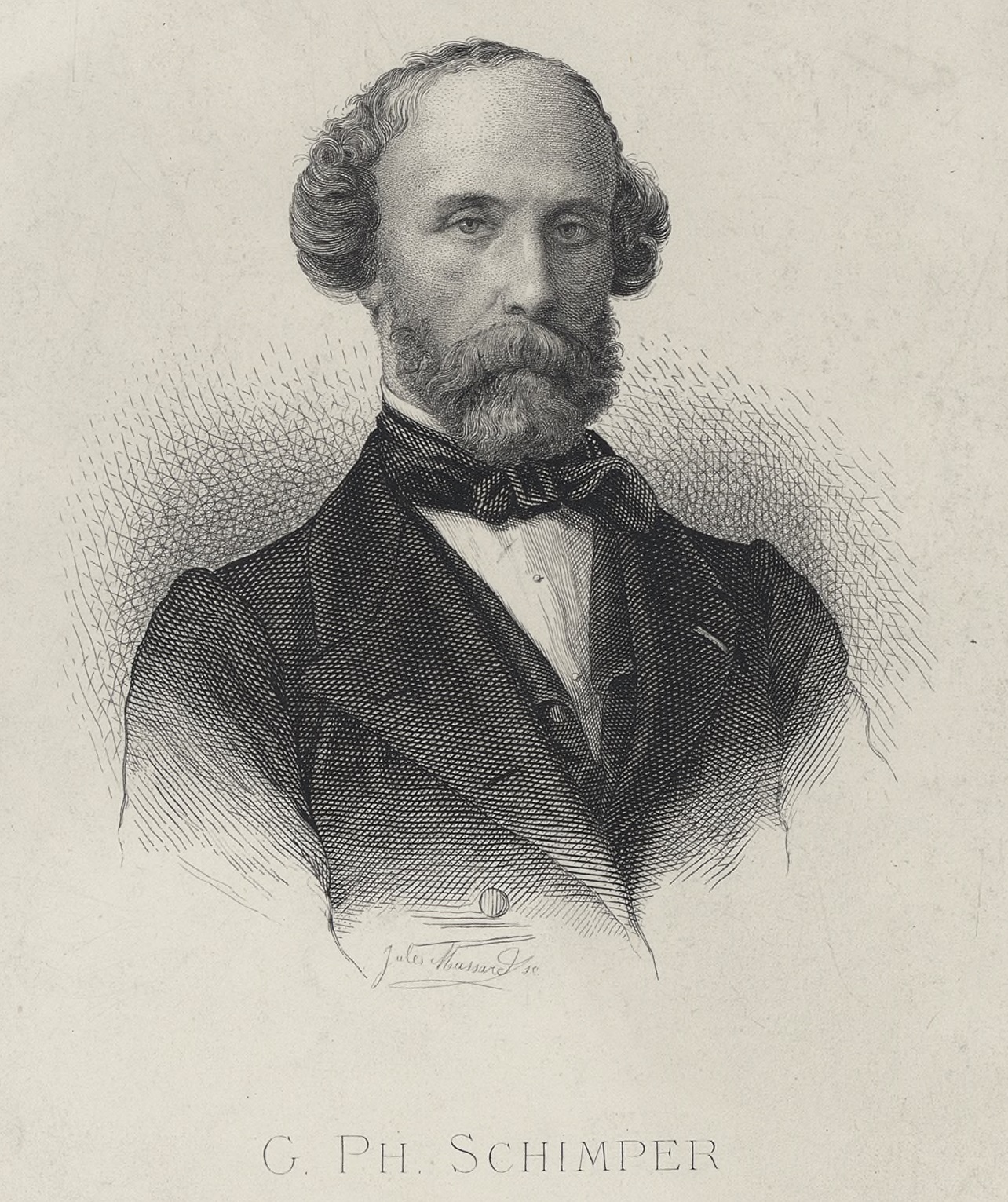|
Pentacosmodon
''Pentacosmodon'' is a mammal genus from the Paleocene of North America, so it lived somewhat after the "age of the dinosaurs". It was a member of the extinct order Multituberculata. It's within the suborder Cimolodonta and family Microcosmodontidae. The genus ''Pentacosmodon'', named by Jepsen in 1940, is known from the species ''Pentacosmodon pronus''. Fossil remains of this animal have been found in strata dating to the Upper Paleocene of Wyoming (United States) and the Porcupine Hills Formation near the Bow River of Alberta, Canada. This genus was previously placed within family Djadochtatherioidea Djadochtatherioidea is a group of extinct mammals known from the upper Cretaceous of Central Asia. They were members of an also extinct order called Multituberculata. These were generally somewhat rodent-like creatures, who scurried around durin .... References * Jepsen (1940), "Paleocene faunas of the Polecat Bench Formation, Park County, Wyoming." ''Proc. of the Am. Phi ... [...More Info...] [...Related Items...] OR: [Wikipedia] [Google] [Baidu] |
Multituberculata
Multituberculata (commonly known as multituberculates, named for the multiple tubercles of their teeth) is an extinct order of rodent-like mammals with a fossil record spanning over 130 million years. They first appeared in the Middle Jurassic, and reached a peak diversity during the Late Cretaceous and Paleocene. They eventually declined from the mid Paleocene onwards, disappearing from the known fossil record in the late Eocene. They are the most diverse order of Mesozoic mammals with more than 200 species known, ranging from mouse-sized to beaver-sized. These species occupied a diversity of ecological niches, ranging from burrow-dwelling to squirrel-like arborealism to jerboa-like hoppers. Multituberculates are usually placed as crown mammals outside either of the two main groups of living mammals—Theria, including placentals and marsupials, and MonotremataAgustí-Antón 2002, pp 3-4—but usually as closer to Theria than to monotremes. They are considered to be clos ... [...More Info...] [...Related Items...] OR: [Wikipedia] [Google] [Baidu] |
Cimolodonts
Cimolodonta is a taxon of extinct mammals that lived from the Cretaceous to the Eocene. They were some of the more derived members of the extinct order Multituberculata. They probably lived something of a rodent-like existence until their ecological niche was assumed by true rodents. The more basal multituberculates are found in a different suborder, " Plagiaulacida", a paraphyletic group containing all non cimolodontan multituberculates. Cimolodonta is apparently a natural (monophyletic) suborder. Remains have been identified from across the Northern Hemisphere. They first appeared during the Aptian, and completely replaced the more primitive plagiaulacidans by the early Late Cretaceous. The taxon is recognized as the informal Paracimexomys group and the superfamilies Djadochtatherioidea, Taeniolabidoidea, and Ptilodontoidea. Additionally, and of uncertain affinities, are the families Cimolomyidae, Boffiidae, Eucosmodontidae, Kogaionidae, Microcosmodontidae and the tw ... [...More Info...] [...Related Items...] OR: [Wikipedia] [Google] [Baidu] |
Microcosmodontidae
Microcosmodontidae is a poorly preserved family of fossil mammals within the extinct order Multituberculata. Representatives are known from the Lower Paleocene of North America. The family is part of the suborder Cimolodonta. Other than that, their systematic relationships are hard to define. These microcosmodontids were rather small and had a "large lower incisor with a restricted enamel band, (Kielan-Jaworowska & Hurum 2001, p.417). This grouping has also be seen as Microcosmodontinae Holtzman & Wolberg, 1977, within Eucosmodontidae. However, "Microcosmodontidae (new rank assigned by Fox to the subfamily Microcosmodontinae)," (Kielan-Jaworowska & Hurum, 2001). References * Holtzman & Wolberg (1977), "The Microcosmodontinae and ''Microcosmodon woodi'', new multituberculate taxa (Mammalia) from the Late Paleocene of North America". ''Sci. Publi. of the Sci. Museum of Minnesota'', New Series, r, p. 1-13. * Fox (1999), "The monophyly of the Taeniolabidoidea (Mammalia: ... [...More Info...] [...Related Items...] OR: [Wikipedia] [Google] [Baidu] |
Glenn Lowell Jepsen
Glenn Lowell "Jep" Jepsen (4 March 1903 – 15 October 1974) was an American paleontologist and professor of vertebrate paleontology at Princeton University. He collected and described many fossil species particularly from the Oligocene of the Badlands of South Dakota and the Paleocene of Polecat Bench, Wyoming. The Eocene bat '' Icaronycteris index'' was one of his discoveries. Life Jepsen was born in Lead, South Dakota to Victor and Kittie née Gallup. He grew up in Rapid City where following the death of his mother in 1910, he was raised by an aunt on a ranch outside town. Here he found his first fossil, an ammonite. After high school he wen to the University of Michigan for a year, and two years at the South Dakota school of Mines as a part-time student as well as serving as an instructor in English. Here he became deeply interested in fossils, collecting from the Oligocene deposits in the Badlands where he met William J. Sinclair. The Sioux tribe of the region called him "Ho ... [...More Info...] [...Related Items...] OR: [Wikipedia] [Google] [Baidu] |
Wyoming
Wyoming () is a state in the Mountain West subregion of the Western United States. It is bordered by Montana to the north and northwest, South Dakota and Nebraska to the east, Idaho to the west, Utah to the southwest, and Colorado to the south. With a population of 576,851 in the 2020 United States census, Wyoming is the least populous state despite being the 10th largest by area, with the second-lowest population density after Alaska. The state capital and most populous city is Cheyenne, which had an estimated population of 63,957 in 2018. Wyoming's western half is covered mostly by the ranges and rangelands of the Rocky Mountains, while the eastern half of the state is high-elevation prairie called the High Plains. It is drier and windier than the rest of the country, being split between semi-arid and continental climates with greater temperature extremes. Almost half of the land in Wyoming is owned by the federal government, generally protected for public uses. The stat ... [...More Info...] [...Related Items...] OR: [Wikipedia] [Google] [Baidu] |
Extinct Mammals Of North America
Extinction is the termination of a kind of organism or of a group of kinds (taxon), usually a species. The moment of extinction is generally considered to be the death of the last individual of the species, although the capacity to breed and recover may have been lost before this point. Because a species' potential range may be very large, determining this moment is difficult, and is usually done retrospectively. This difficulty leads to phenomena such as Lazarus taxa, where a species presumed extinct abruptly "reappears" (typically in the fossil record) after a period of apparent absence. More than 99% of all species that ever lived on Earth, amounting to over five billion species, are estimated to have died out. It is estimated that there are currently around 8.7 million species of eukaryote globally, and possibly many times more if microorganisms, like bacteria, are included. Notable extinct animal species include non-avian dinosaurs, saber-toothed cats, dodos, mam ... [...More Info...] [...Related Items...] OR: [Wikipedia] [Google] [Baidu] |
Paleocene Genus Extinctions
The Paleocene, ( ) or Palaeocene, is a geological epoch that lasted from about 66 to 56 million years ago (mya). It is the first epoch of the Paleogene Period in the modern Cenozoic Era. The name is a combination of the Ancient Greek ''palaiós'' meaning "old" and the Eocene Epoch (which succeeds the Paleocene), translating to "the old part of the Eocene". The epoch is bracketed by two major events in Earth's history. The K–Pg extinction event, brought on by an asteroid impact and possibly volcanism, marked the beginning of the Paleocene and killed off 75% of living species, most famously the non-avian dinosaurs. The end of the epoch was marked by the Paleocene–Eocene Thermal Maximum (PETM), which was a major climatic event wherein about 2,500–4,500 gigatons of carbon were released into the atmosphere and ocean systems, causing a spike in global temperatures and ocean acidification. In the Paleocene, the continents of the Northern Hemisphere were still connected ... [...More Info...] [...Related Items...] OR: [Wikipedia] [Google] [Baidu] |
Paleocene Mammals
The Paleocene, ( ) or Palaeocene, is a geological epoch that lasted from about 66 to 56 million years ago (mya). It is the first epoch of the Paleogene Period in the modern Cenozoic Era. The name is a combination of the Ancient Greek ''palaiós'' meaning "old" and the Eocene Epoch (which succeeds the Paleocene), translating to "the old part of the Eocene". The epoch is bracketed by two major events in Earth's history. The K–Pg extinction event, brought on by an asteroid impact and possibly volcanism, marked the beginning of the Paleocene and killed off 75% of living species, most famously the non-avian dinosaurs. The end of the epoch was marked by the Paleocene–Eocene Thermal Maximum (PETM), which was a major climatic event wherein about 2,500–4,500 gigatons of carbon were released into the atmosphere and ocean systems, causing a spike in global temperatures and ocean acidification. In the Paleocene, the continents of the Northern Hemisphere were still connected v ... [...More Info...] [...Related Items...] OR: [Wikipedia] [Google] [Baidu] |
Djadochtatherioidea
Djadochtatherioidea is a group of extinct mammals known from the upper Cretaceous of Central Asia. They were members of an also extinct order called Multituberculata. These were generally somewhat rodent-like creatures, who scurried around during the "age of the dinosaurs", though nonetheless very ecologically diverse; several were jerboa-like hoppers, while others like '' Mangasbaatar'' were large sized and fossorial.Guillermo W. Rougier; Amir S. Sheth; Barton K. Spurlin; Minjin Bolortsetseg; Michael J. Novacek (2016). "Craniodental anatomy of a new Late Cretaceous multituberculate mammal from Udan Sayr, Mongolia" (PDF). Palaeontologia Polonica. 67: 197–248. doi:10.4202/pp.2016.67_197. Unusually for multituberculates, some of this group are represented by very good remains. All upper Cretaceous Mongolian multituberculates are included with one exception, the genus '' Buginbaatar''. This superfamily is further subdivided into two families and several other genera, as listed in ... [...More Info...] [...Related Items...] OR: [Wikipedia] [Google] [Baidu] |
Alberta
Alberta ( ) is one of the thirteen provinces and territories of Canada. It is part of Western Canada and is one of the three prairie provinces. Alberta is bordered by British Columbia to the west, Saskatchewan to the east, the Northwest Territories (NWT) to the north, and the U.S. state of Montana to the south. It is one of the only two landlocked provinces in Canada (Saskatchewan being the other). The eastern part of the province is occupied by the Great Plains, while the western part borders the Rocky Mountains. The province has a predominantly continental climate but experiences quick temperature changes due to air aridity. Seasonal temperature swings are less pronounced in western Alberta due to occasional Chinook winds. Alberta is the fourth largest province by area at , and the fourth most populous, being home to 4,262,635 people. Alberta's capital is Edmonton, while Calgary is its largest city. The two are Alberta's largest census metropolitan areas. More than ... [...More Info...] [...Related Items...] OR: [Wikipedia] [Google] [Baidu] |
Porcupine Hills
The Porcupine Hills refer to various groups of hills and uplands located in the prairie provinces of Canada, specifically the provinces of Saskatchewan and Manitoba. They are part of the Manitoba Escarpment, which was the shoreline of the ancient glacial Lake Agassiz. The hills are located north-west of Swan River, Manitoba, and are the headwaters of the Swan River. The highest elevation in the Porcupine Hills is Hart Mountain, at an elevation of , which makes it Manitoba's second-highest point. The Porcupine Provincial Forest surrounds the area. See also *Porcupine Provincial Forest *Porcupine Provincial Forest (Manitoba) *Porcupine Hills Provincial Park Porcupine Hills Provincial Park is the newest provincial park in the Canadian Province of Saskatchewan. It was created in 2018 through the amalgamation of five pre-existing provincial recreation sites south-east of the town of Hudson Bay. T ... References Hills of Canada Landforms of Manitoba Hills of Saskat ... [...More Info...] [...Related Items...] OR: [Wikipedia] [Google] [Baidu] |


.jpg)

